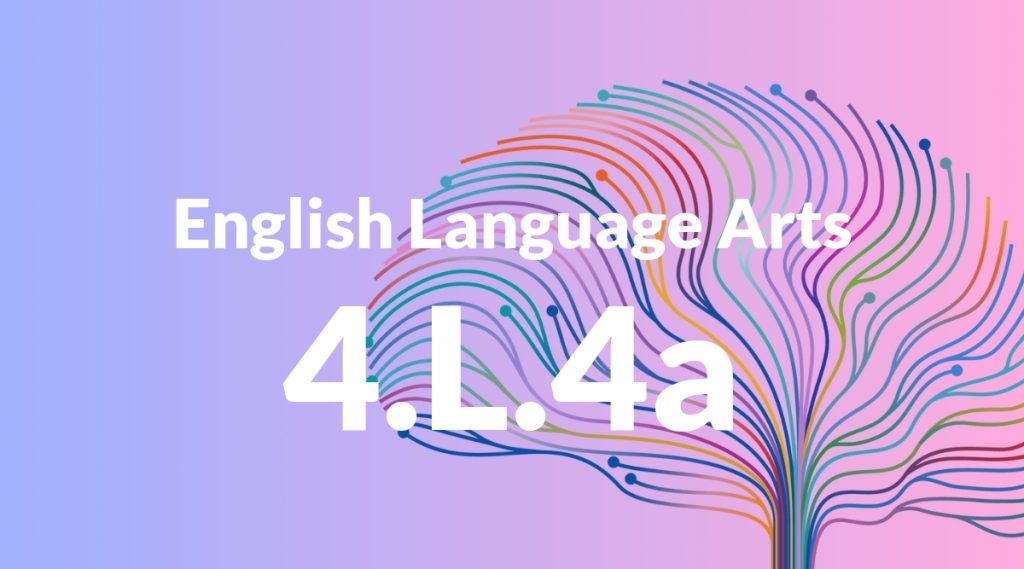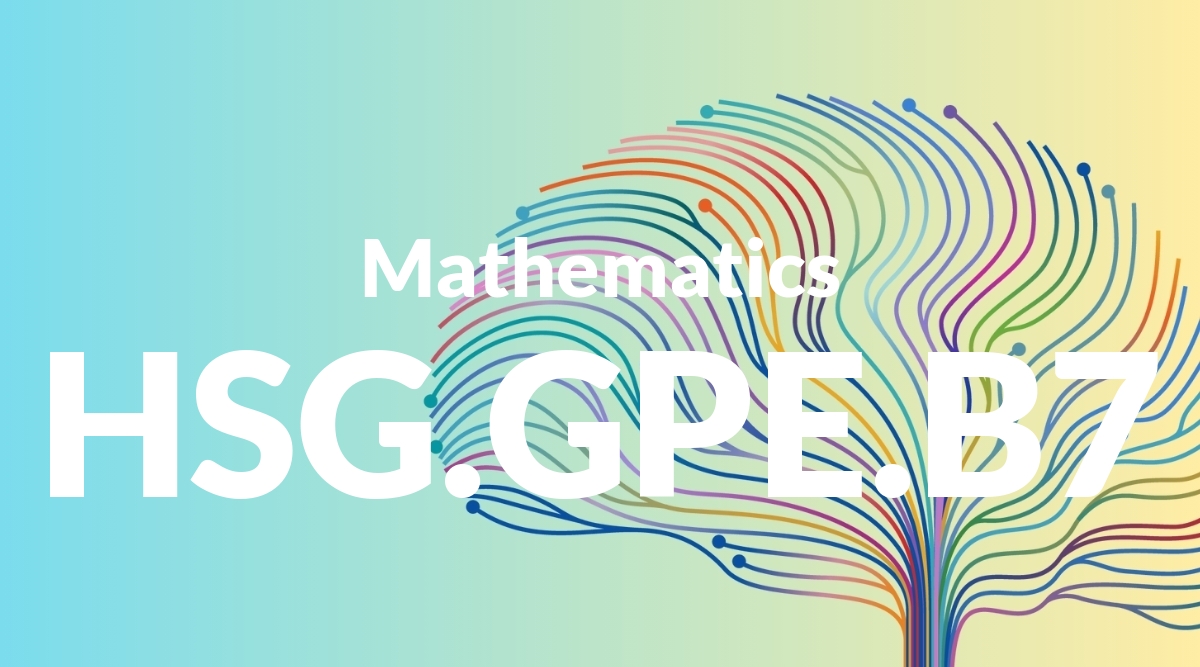Standard: 4.L.4a – Use context (e.g., definitions, examples, or restatements in text) as a clue to the meaning of a word or phrase.
Grade level: Grade 4
Subject: English Language Arts
Domain: Language
Teacher Overview
This standard emphasizes the importance of using context to understand the meaning of unfamiliar words or phrases. It is crucial because it equips students with the ability to independently decipher new vocabulary, which is a foundational skill for reading comprehension and effective communication. Students should be able to read and understand basic sentences and recognize when they encounter an unfamiliar word. They should also know how to identify simple clues within a text.
Mastering this standard will enable students to understand and learn new vocabulary independently, which will aid them in more complex reading and writing tasks in future grades.
Common Misconception 1
Some students might think that context clues will always provide a clear and direct definition of the word. This is incorrect because context clues might sometimes be subtle and require students to infer the meaning.
Intervention 1
Use exercises that highlight different types of context clues (e.g., definitions, examples, restatements) and practice identifying them in various texts. Provide guided practice with immediate feedback.
Common Misconception 2
Another common misconception is that every unfamiliar word will have a context clue nearby. This is not always the case, and students need to be prepared to use other strategies.
Intervention 2
Teach students to use a variety of strategies, such as looking up words in a dictionary, breaking down the word into root words and affixes, or asking a teacher or peer for help.
Prerequisite Knowledge
Students should have basic reading comprehension skills and familiarity with simple sentence structures. They should also understand the concept of a ‘clue’ and how it can be used to find out unknown information.
Subsequent Knowledge
After mastering this standard, students will be able to independently determine the meaning of unfamiliar words across various subjects. This skill will help them in more advanced reading and writing tasks, as well as in understanding more complex texts in future grades.
Instructional Activities
- Create a word detective game where students find and decode unfamiliar words using context clues.
- Have students read a passage and highlight words they don’t know, then use context clues to infer meanings.
- Use graphic organizers to map out context clues around unfamiliar words in a text.
- Conduct group discussions where students share their strategies for figuring out word meanings from context.
- Assign reading passages followed by comprehension questions that focus on using context clues.




